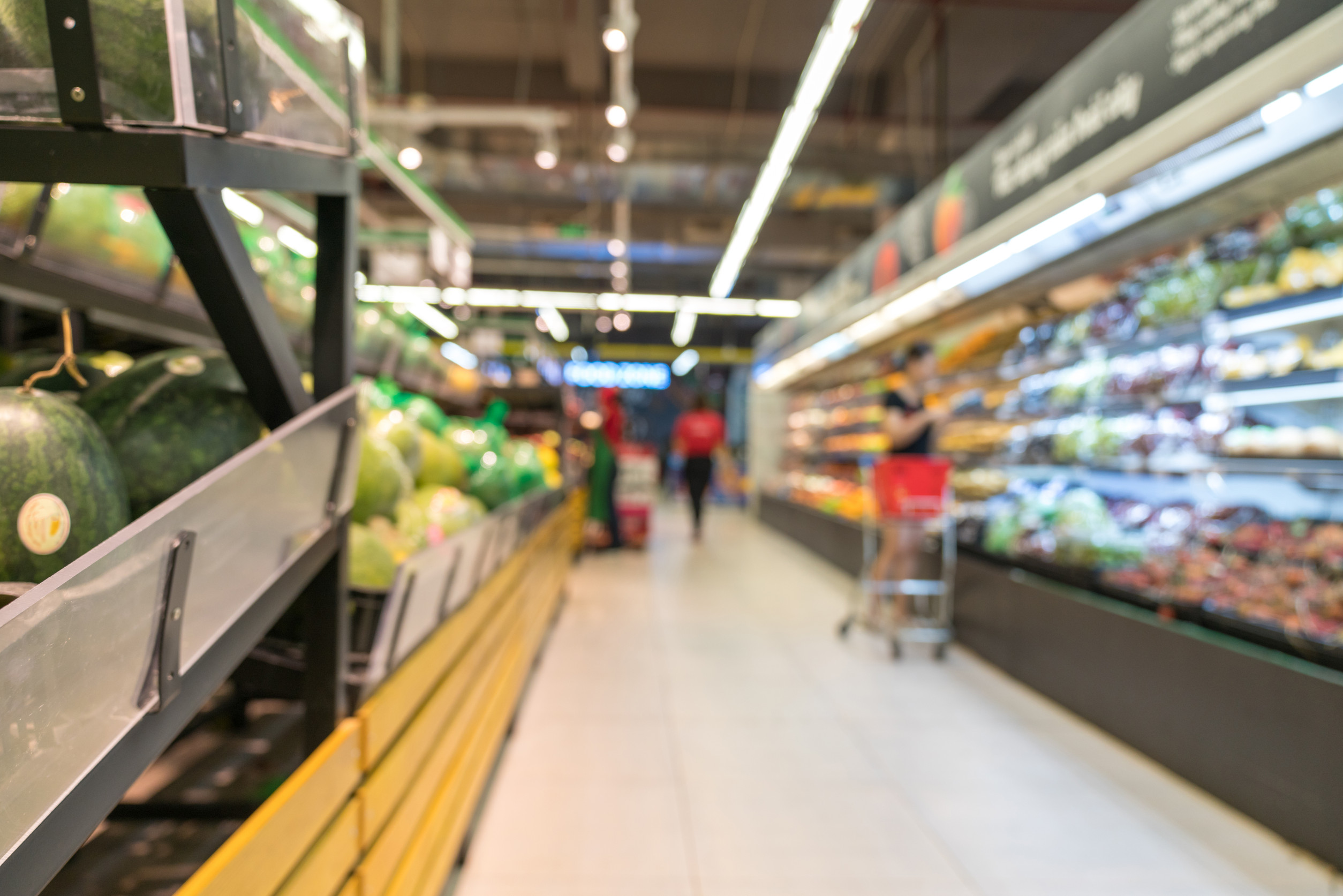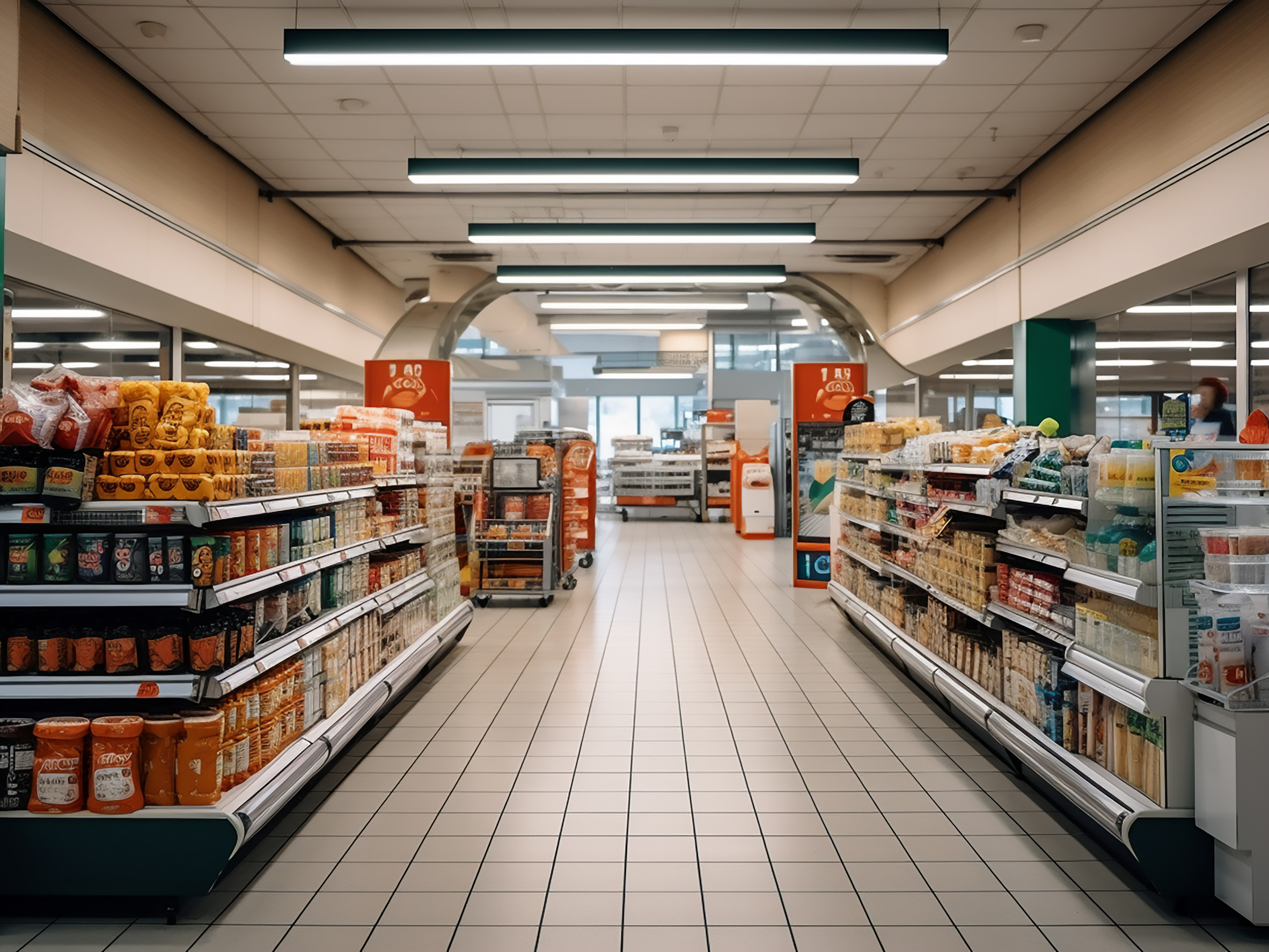Walking into a grocery store seems innocent enough—just a quick stop for milk and eggs, perhaps. Yet somehow, shoppers often leave with bags brimming with snacks, scented candles, and a new brand of fancy cheese they never planned to buy. Grocery stores are masters of subtle persuasion, turning everyday errands into an exercise in temptation and impulse.
Every shelf, sign, and scent is carefully designed to shift focus from the shopping list to the shopping cart.
1. Fresh Flowers and Produce at the Entrance
The first thing greeting shoppers is often a vibrant display of fresh flowers and colorful fruits and vegetables. This cheerful welcome creates a sense of freshness and abundance, putting shoppers in a good mood. Happy shoppers are more likely to wander the aisles and spend time discovering unexpected items. The enticing colors and fragrant smells prime the senses for indulgence and curiosity. By the time essentials are reached, the cart is already half full of unplanned purchases.
2. Bakery Aromas to Trigger Hunger
Few people can resist the smell of freshly baked bread wafting through a store. Many grocery stores intentionally place bakeries near entrances or central pathways to send those comforting aromas drifting through the aisles. Even if a shopper ate before arriving, the smell can spark sudden cravings. A loaf of artisan bread or a box of warm cookies often sneaks into the cart as a result. The smell alone turns a basic errand into a sensory experience that overrides shopping discipline.
3. Strategic Store Layouts
Grocery stores rarely place daily staples like milk, bread, and eggs near the entrance. Instead, these necessities are often positioned at the far end of the store. This forces shoppers to pass through multiple aisles lined with tempting items to reach the basics. Along the way, colorful displays and enticing packaging catch the eye. By the time the essentials are collected, the cart has grown heavier with things that were never on the list.
4. Eye-Level Product Placement
The most profitable or popular products almost always sit at eye level. This prime placement means shoppers see them first and often reach for them without much thought. Lesser-known or generic brands are typically shelved lower or higher, out of immediate sight. This tactic subtly encourages buying higher-priced or brand-name goods. Every shelf is a silent salesperson nudging shoppers toward choices that benefit the store’s bottom line.
5. End Cap Displays
Those tempting towers of chips, candy, or seasonal goods at the end of each aisle are called end caps. They are high-traffic spots designed to catch attention and boost impulse purchases. The items featured there are often not on any shopping list but look too convenient or well-priced to ignore. Limited-time promotions or colorful packaging make them hard to pass by. End caps turn otherwise empty aisle edges into mini shopping traps.
6. Slow Music to Keep Shoppers Browsing
The background music playing through store speakers is not chosen at random. Slower, soothing tunes are proven to make shoppers linger longer in the aisles. More browsing time often leads to more items tossed into the cart. Soft music lowers stress and creates a relaxed atmosphere that dulls awareness of time. Before realizing it, many shoppers have spent twice as long as planned inside the store.
7. Free Samples to Encourage Impulse Buys
Tiny sample stations lure shoppers to try foods they might never consider otherwise. A bite of gourmet cheese or a sip of sparkling juice creates a moment of indulgence that can trigger a sale. Even if the item is pricey or unnecessary, the free taste can justify the splurge. Samples also slow shoppers down, keeping them in the store longer. Every bite comes with the silent hope that curiosity turns into a purchase.
8. Bright Lighting and Wide Aisles
Good lighting makes produce look fresher, meats redder, and baked goods more golden. Wide, uncluttered aisles invite people to stroll at a leisurely pace, taking time to notice products they might otherwise pass by. The combination creates a pleasant shopping environment that encourages exploration. Shoppers feel comfortable wandering, which naturally leads to more unplanned discoveries. The store becomes more than a place to shop—it becomes an experience to savor.
9. Checkout Lane Temptations
Just when it seems safe to escape with only what’s in the cart, the checkout lanes pose one final test of willpower. Shelves loaded with candy bars, gum, magazines, and small gadgets tempt shoppers during the wait. These inexpensive add-ons feed the urge to grab “just one more thing.” While waiting, shoppers are often tired or distracted, making it easier to give in to impulse. The checkout lane is a last-minute profit zone that few can resist completely.
10. Constantly Changing Product Locations
Regular shoppers may notice that familiar products sometimes migrate to different shelves. Stores do this intentionally to disrupt the autopilot of repeat purchases. Moving items forces shoppers to search, and that search exposes them to new products along the way. Each detour is another chance to discover and buy something unexpected. What begins as a hunt for cereal may end in a bag filled with gourmet snacks and novelty drinks.
Grocery Stores Are Trying To Confuse You
No one walks into a grocery store expecting to be subtly manipulated, yet the design behind every display and layout makes impulse spending feel inevitable. With so many carefully planned tactics—from enticing aromas to clever shelf placement—grocery stores are masters at transforming simple errands into full carts and empty wallets. Next time a quick milk run turns into a haul of surprises, remember that it is all by design.
Awareness can help shoppers navigate these traps and stick to the essentials, but resisting temptation completely is another story. Have these tricks worked on you? Share your thoughts or experiences in the comments below.
Read More
12 Foods That Were Found Contaminated in Major Grocery Chains
15 Shopping Tips That Lead to Unnecessary Spending


